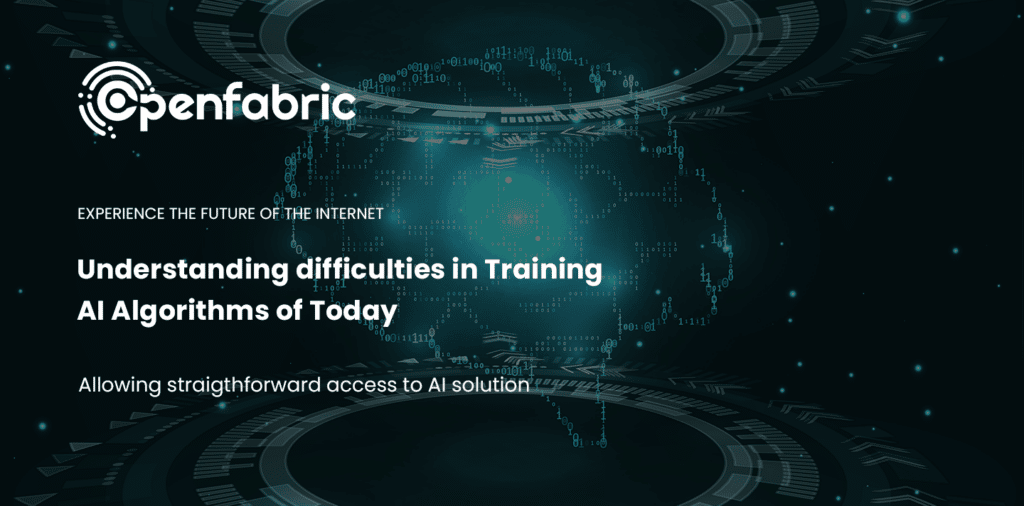
June 2, 2022 4 minutes read
Understanding difficulties in Training AI Algorithms of Today

With all the work being done on AI, creating an AI is not a challenging task anymore. The real problem comes in finding high-quality data to train the algorithm. Large language models face a number of risks and problems. These AI’s that are trained using vast amounts of text data often fail to produce the desired results. Some of the major pitfalls that are faced by researchers are discussed below.
Financial costs and environmental costs
Training large AI models is an energy-intensive task as it requires considerable computing power. The cost of training large AI models has gone up considerably and the carbon footprint is also increasing at an alarming rate. The point raised by discerning researchers is that training these AI models benefits large organizations while the marginalized communities suffer disproportionately from the resulting environmental effects. Energy efficiency should be a major consideration while training AI models so that we can move towards producing meaningful change.
Homogenized language
The enormous swaths of data that feeds large models are mostly taken from the internet. Resultantly, it is not particularly refined, and racist, sexist, and abusive language becomes part of the training data and is seen by the algorithm as part of the language. Also, the AI is not tuned to nuances and subtleties in the language that are followed by different countries and communities. Countries with low internet penetration are left behind as their representation in the data is low. Thus, the end product is a homogenized language that represents the rich countries and communities. Removing such biases from the trained algorithm is another major challenge being faced by researchers today.
Training Data Limitations
The AI is only as good as the training data that it is fed. There have been countless cases of AI’s that have produced shockingly one-sided results. Among these is the AI startup Beauty.ai which held an AI-powered beauty pageant where the AI evaluated over 6000 submissions for attractiveness factors such as facial symmetry and wrinkles. The results showed biases in terms of race and ethnicity as out of the 44 winners, most were white, only a handful was Asian and just one dark-skinned individual made the cut.
Even in sensitive situations like law enforcement, the lack of unbiased training data has resulted in a racial bias towards people of colored communities. Such biases can lead to serious harm and unlawful arrests and detentions.
Data Privacy and Regulatory Concerns
Good quality data is not easy to get. In the last few years, we saw corporations in a race to gather as much user data as they can. Due to this unrelenting quest to harvest user data, little thought was given to the ethical concerns and the privacy of users. The GDPR (General Data Protection Regulation) introduced by the European Union was a revolution in this regard and laid the foundation for data privacy. It empowered users to have control of their data. Now, similar regulations are being introduced in other countries as well. These regulations must be kept in mind while training the AI algorithms of today.
The Way Forward
A lot of work and thought is being put into developing unbiased AI algorithms that can be beneficial for humanity as a whole. We have seen progress being made in the field of data science as new techniques and tools are being implemented to refine the training data in order to achieve the desired results.
Even though this may seem like a challenging task that might take some time to mature, we have made it easy for you to get started with AI without having to worry about the potential pitfalls that are associated with AI algorithms of today. The Openfabric platform complies with all data privacy and regulatory compliances and enables you to benefit from the data economy by providing you with AI tools that democratize AI and empowers you to innovate and produce the valuable products of the future.
You even don’t have to be an expert data scientist to use Openfabric, as the easy-to-use interface allows you to get going with artificial intelligence in no time.
To learn more about how Openfabric works and how you can make the most out of our AI tools, follow us on Twitter, Telegram, Linkedin, Facebook and Youtube.

